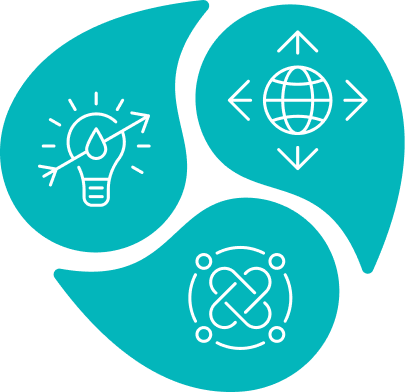The global water crisis is a threat to economic development, poverty reduction, the environment, and peace and security. Climate change will bring an increasing scarcity of water resources, further pressing the need for more robust water policies which determine the supply and protection of water resources around the world. Sustainable development policies must therefore address the need for equitable and sustainable management of water resources.
Effective water policies encourage a transformation towards participatory, demand-driven, and sustainable development practices through the development of laws and legislation (Tools A2) designed to achieve the overall policy goals. These (national, regional, and local) policies establish the “rules of the game” and facilitate all stakeholders to play their respective roles in the sustainable development and management of water resources. Policies can come in a variety of (broad) forms such as agreements between nations, covenants and declarations, management rules and regulations, aid programmes and diplomatic efforts, economic exchanges, and business initiatives.
To achieve greatest success, water resource policies should be designed proactively (not only as a short-term response to crisis). By failing to anticipate change and taking a narrow sectoral view, water resources policies regularly ignore both macroeconomic and development needs. The Integrated Water Resource Management (IWRM) approach acknowledges these wider socio-economic and development goals. IWRM strives to achieve a balance between economic efficiency, social equity, and environmental sustainability by means of shifting from single-sector water planning to multi-objective and integrated planning of land and water resources. The implementation of an IWRM approach, relies heavily on the existence of a national level policy which establishes a framework, or vision, for actions at smaller scales. Such integrated approaches are dynamic and often implemented beyond administrative borders (i.e., at a catchment level), thus the process of designing national IWRM policy requires cross-sectoral collaboration and extensive consultation and integration among policy makers, stakeholders, and public.

 IWRM Tool - A1
IWRM Tool - A1